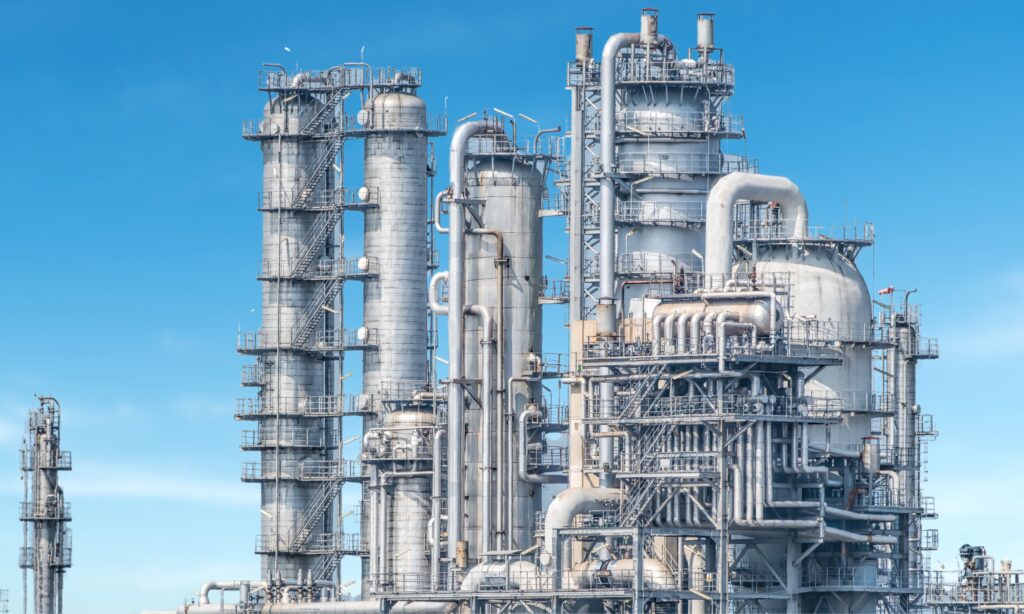The European Union aims to reduce industrial carbon emissions by using carbon capture and storage (CCS) technology. EU leaders have set targets to capture 50 million tonnes of CO₂ annually by 2030 and 280 million tonnes by 2040. CCS captures carbon dioxide from factories and power plants, converts it into liquid form, and stores it underground through pipelines, trucks, or ships.
Currently, only five CCS sites operate in Europe, capturing around 2.7 million tonnes of CO₂ each year. Norway, though not an EU member, captures most of this carbon dioxide through its natural gas processing industry.
A report from the World Wide Fund for Nature warns that focusing too much on CCS could delay progress in clean energy and efficiency improvements. In the cement industry, most EU Innovation Fund grants support CCS projects rather than cutting emissions through improved production processes. Projects such as Northern Lights in Norway, Pycasso in France, and Callisto in Italy highlight the difficulties facing CCS.
Northern Lights, a project led by Shell, Equinor, and TotalEnergies, plans to store 1.5 million tonnes of CO₂ annually. It will transport emissions by ship to Øygarden, Norway, where they will be pumped into seabed reservoirs. Currently, only two ships are equipped to carry CO₂, each holding 8,000 tonnes per trip. Transport and storage costs are high, around $145 (€128) per tonne. The cost to capture CO₂ adds another $30 (€27) per tonne. Fertilizer company Yara may spend up to $202 million a year to reduce some of its emissions, while its total earnings across Europe before taxes last year were $229 million.
Northern Lights has ordered two new ships due to arrive in 2026, but more vessels are needed to meet demand. Any storms, delays, or technical problems could stop shipments and put climate goals at risk. CO₂ tanks also require cleaning with dry gas because CO₂ becomes corrosive when it comes into contact with water.
The Callisto project aims to link emitters in France and Italy to a storage site in the Adriatic Sea. Italian energy company Eni, infrastructure group Snam, and French firm Air Liquide manage this project. CO₂ will be transported by pipeline from Italy and by ship from southeastern France. These pipelines, ships, and capture systems require large upfront investments.
The price of carbon in the EU’s Emissions Trading System currently stands near €80 per tonne. Experts say this price is too low to make CCS projects profitable. Transporting CO₂ over long distances adds extra costs, which are unsustainable at current prices. Market instability discourages companies from investing in long-term carbon storage infrastructure. Without guaranteed carbon prices, most companies avoid the financial risks involved in CCS.
While CCS technology offers a method to reduce industrial emissions, high costs, infrastructure challenges, and market uncertainties remain significant obstacles. The EU must balance investments in CCS with stronger support for renewable energy and energy efficiency to meet its climate targets.


